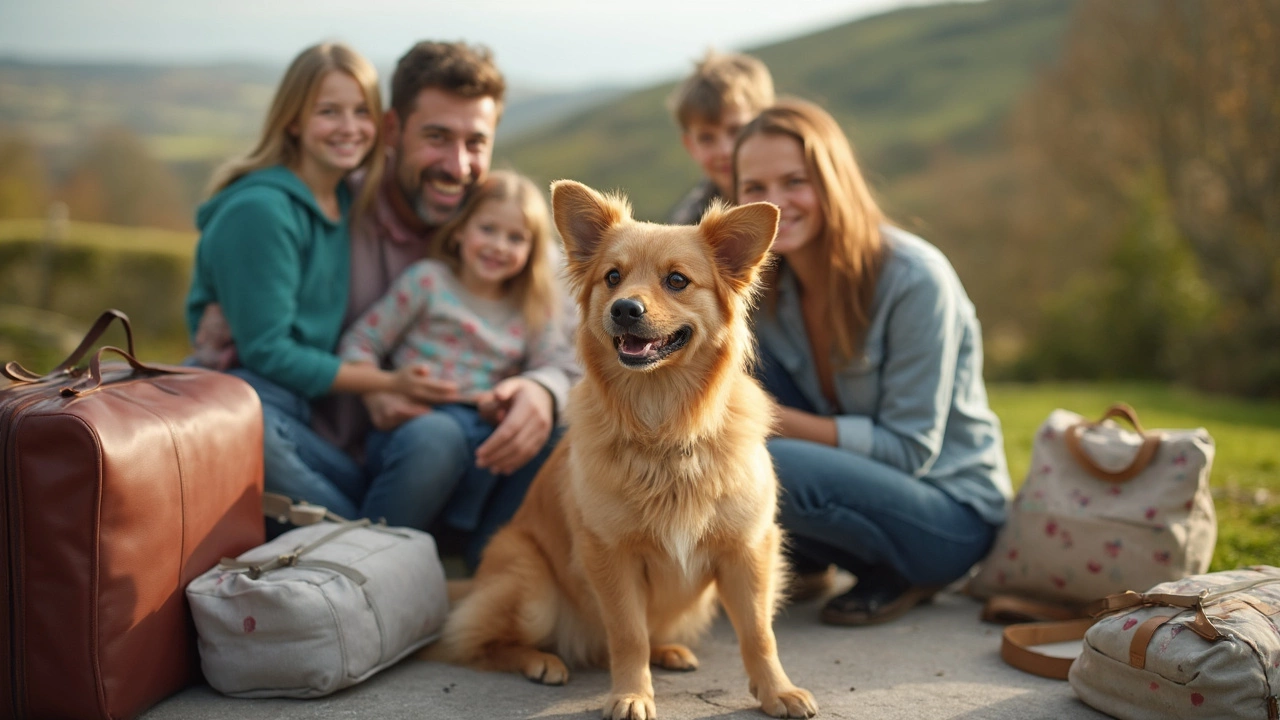Travel Dogs: Simple Tips for Safe Flights, Road Trips, and Fun Getaways
If you love taking your dog on new adventures, you’re not alone. Many owners wonder how to make travel smooth, whether it’s a short drive to the countryside or an overseas flight. The good news? With a bit of planning and the right gear, you can avoid most headaches and enjoy the journey together.
Planning Your Dog’s Trip
First, check the rules of the airline, hotel, or park you’re visiting. Some carriers require a health certificate, while others have size limits for carriers in the cabin. Write down the checklist: vet visit, vaccination proof, and any required medications. A quick vet call a week before the trip can catch issues like ear infections that might flare up in the plane.
Next, think about timing. Feed your dog a light meal 3‑4 hours before departure to prevent an upset stomach, and give fresh water right up until you’re ready to board. For long drives, schedule a bathroom break every two to three hours – a quick stop at a rest area works wonders.
Our article “Is Flying Traumatic for Dogs? Risks, Stress Signs, and How to Make Air Travel Safer (2025 Guide)” breaks down stress signals like panting, pacing, or whining, and offers calming steps such as a short walk before the flight and a familiar blanket in the carrier.
Essential Gear for Safe Travel
A sturdy, TSA‑approved carrier is non‑negotiable. Look for a model with ventilation, a secure latch, and a leak‑proof bottom. If you’re driving, a crash‑tested harness that attaches to the seat belt will keep your dog upright and protected.
Don’t forget a travel water bowl that folds flat, a few chew toys to distract your pup, and a portable pet first‑aid kit. Many owners find a pet‑specific calming collar or a dab of soothing pheromone spray helpful for anxiety‑prone dogs – see our piece “Do Dog Calming Collars Really Work? Honest Pros, Cons & What to Expect” for more details.
When you reach a new destination, always scout the area for pet‑friendly spots. Our guide “Are Dogs Allowed at National Seashore? Rules, Tips and What to Expect” lists beaches that welcome pups, the rules you need to follow, and tips for keeping sand out of your car.
Finally, keep paperwork handy – vaccination records, travel permits, and your pet’s ID tag should be in an easy‑to‑reach pocket. If your dog gets lost, a microchip registered with current contact info is the fastest way to reunite.By planning ahead, using the right gear, and staying observant of your dog’s cues, you’ll turn travel stress into quality time. Ready to pack the bag? Grab one of our recommended carriers, check that vet note, and set off on your next adventure together.
Best Dog for Holidays: What Is the Number 1 Dog to Get?
Choosing the number one dog for holidays can make or break your trip. Some breeds are easier on the road, more relaxed around new people, and genuinely love adventure. This article breaks down what really matters: energy levels, friendliness, size, and how easy these pups are to travel with. Expect real tips for stress-free holidays, plus a close look at what breed consistently tops the charts for travel-lovers. From packing hacks to personality clues, you'll feel ready to pick your perfect travel buddy.
